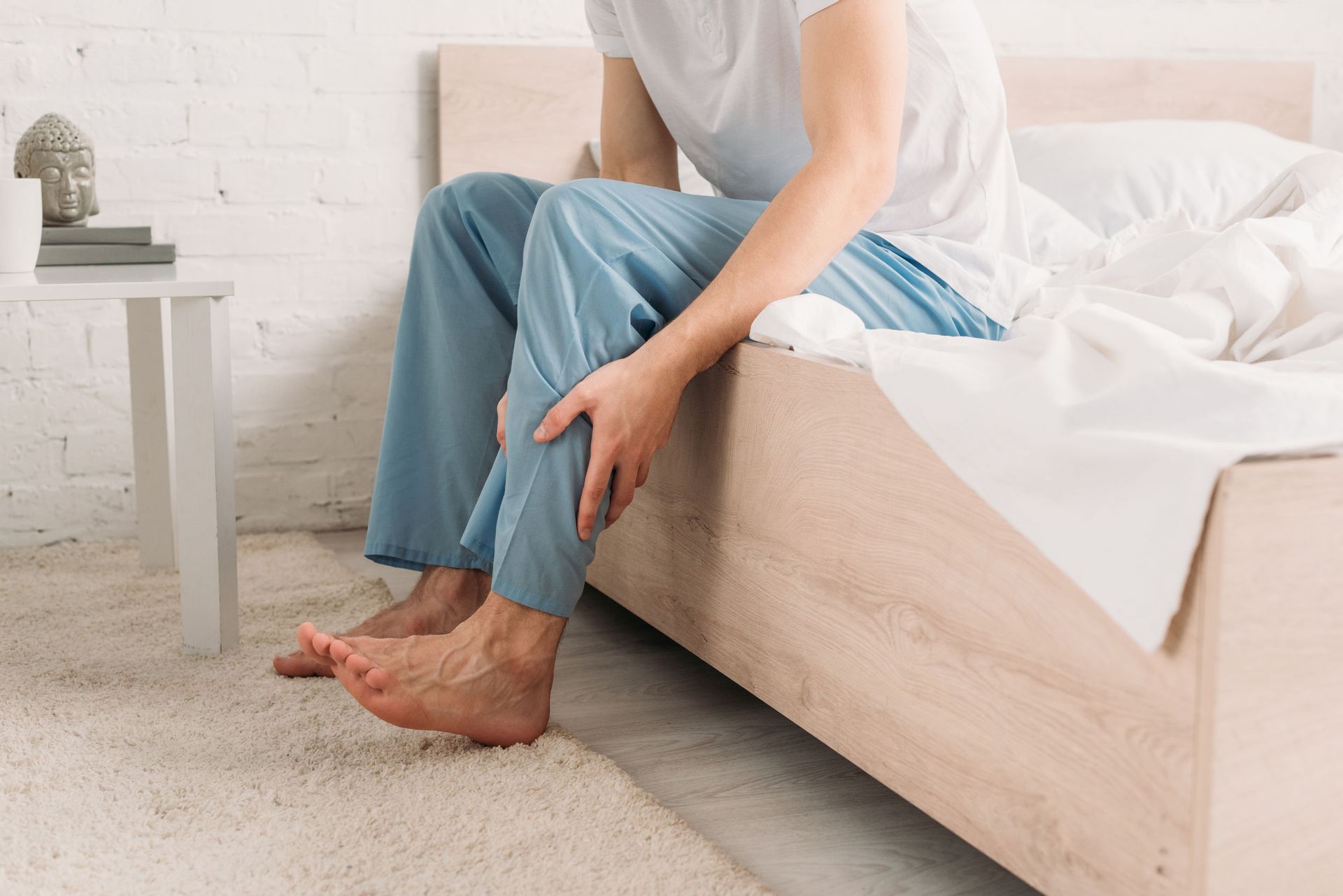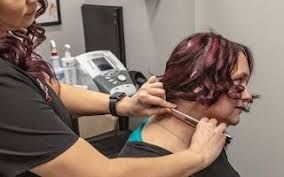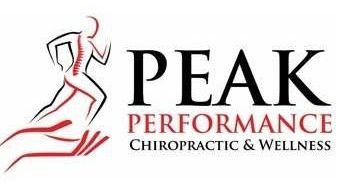How to Shake Restless Leg Syndrome

Have you ever been winding down after a long day, ready to sink into the couch with your favorite show, only to feel an overwhelming urge to move your legs? You’re not alone. Restless Leg Syndrome (RLS) is a common condition that affects millions of people worldwide, often striking during the quiet moments when you just want to relax.
What is Restless Leg Syndrome?
Restless Leg Syndrome is exactly what it sounds like—a neurological condition that gives you an uncontrollable urge to move your legs, usually because of an uncomfortable sensation. These sensations are often described as tingling, itching, or crawling feelings that make it hard to keep your legs still. The kicker? These symptoms are most likely to show up in the evening or at night, just when you're trying to unwind or get some sleep.
Why Does Restless Leg Syndrome Happen?
The exact cause of RLS isn’t fully understood, but it’s believed to be related to dopamine, a neurotransmitter that helps control muscle movements. When dopamine levels are low or its signals are disrupted, it can lead to the involuntary leg movements associated with RLS.
Several factors can increase your risk of developing RLS, including genetics, iron deficiency, pregnancy, and certain chronic conditions like diabetes or peripheral neuropathy. Even lifestyle factors, such as lack of sleep or excessive caffeine intake, can trigger or worsen symptoms.
Preventing Restless Leg Syndrome
While some causes of RLS are out of our control, there are a few steps you can take to reduce your risk of experiencing these annoying symptoms.
- Get Moving: Regular physical activity can help keep RLS at bay. Whether it’s a daily walk around your Buffalo neighborhood or a quick spin on the bike, staying active can improve circulation and keep your leg muscles happy.
- Cut Back on Caffeine: Love your daily cup of coffee? You might want to rethink that afternoon espresso. Caffeine can exacerbate RLS symptoms, so try cutting back, especially in the latter part of the day.
- Prioritize Sleep: A consistent sleep schedule is essential. Aim for 7-9 hours of quality sleep each night to help regulate your body’s internal clock and reduce the likelihood of RLS symptoms.
- Try Magnesium Spray: Magnesium is a mineral that plays a crucial role in muscle function and relaxation. A magnesium deficiency has been linked to RLS, and applying magnesium spray to your legs before bed can help ease the symptoms. Plus, it’s easy to use—just spray, rub it in, and relax! Conveniently, we sell magnesium spray right here at our Buffalo chiropractic and massage office, so be sure to pick some up during your next visit.
Treating Restless Leg Syndrome
If RLS is already giving you grief, there are treatments that can help. Chiropractic care and massage therapy, like the services we offer at our office, can provide significant relief. By improving circulation, relaxing tense muscles, and correcting any misalignments in the spine, chiropractic adjustments and targeted massage therapy can reduce the severity of RLS symptoms.
In some cases, your primary care provider may recommend medication to manage RLS, especially if it’s severe. But for many people, lifestyle changes and supportive therapies like the ones we offer can make a big difference.
Let Us Help You
Don’t let Restless Leg Syndrome keep you from enjoying your evenings or getting a good night’s sleep. Our Buffalo chiropractic and massage office is here to support you with personalized care and products like magnesium spray that can help you manage and prevent RLS symptoms. Give us a call or stop by to learn more about how we can help you keep you feeling great.
Bethany Wolcott
D’Youville Chiropractic ‘26












